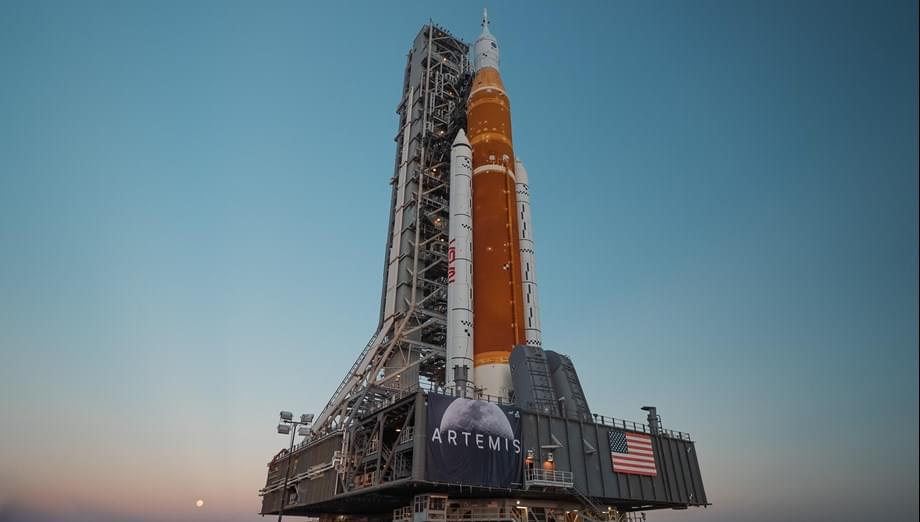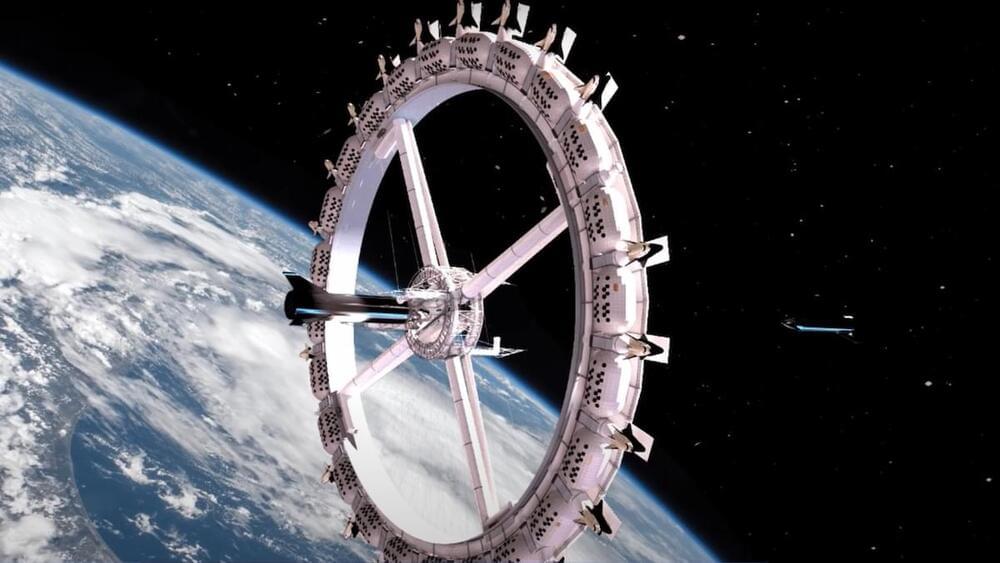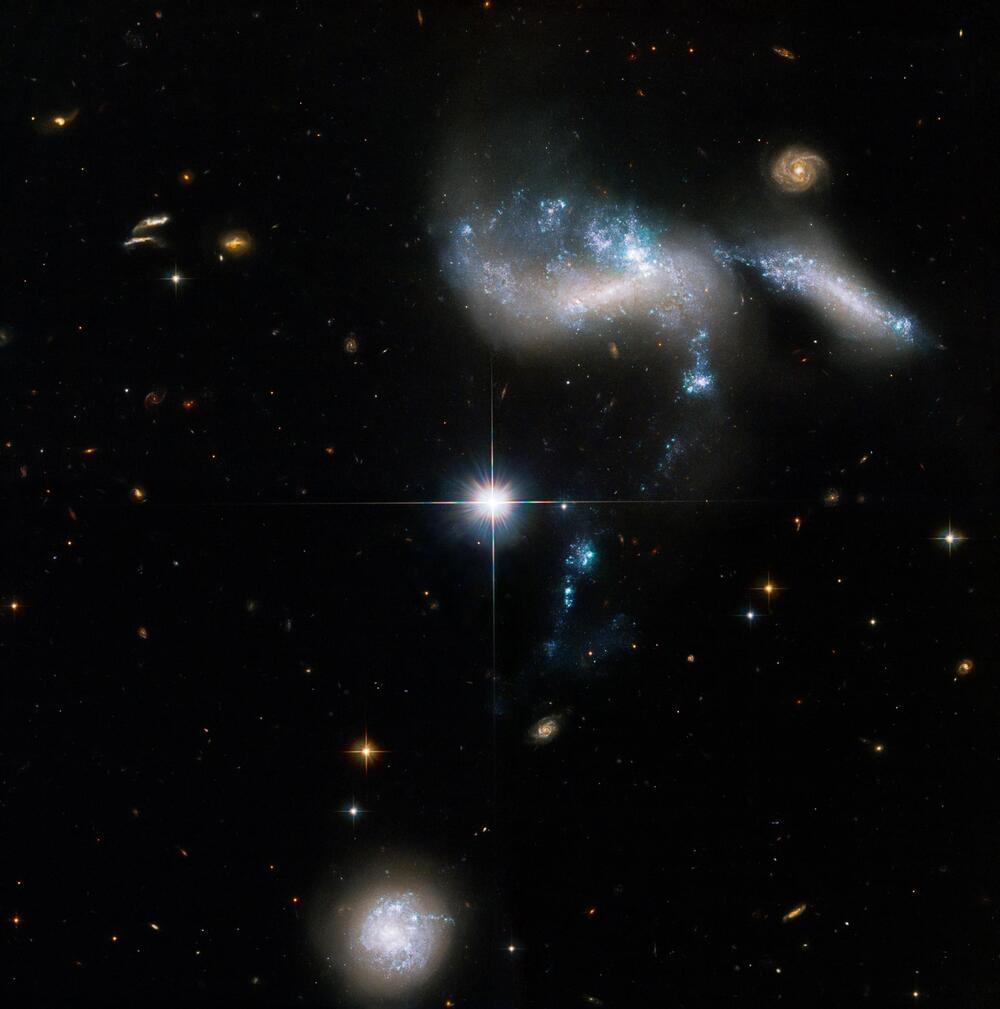Cosmic radiation remains a significant danger to spacefarers.
A new experiment that is set to accompany the Artemis 1 mission will analyze how brewer’s yeast fares against cosmic radiation.

Your Martian Dream Home, Made By Fungi ‘… it was the cheapest building material known.’ — Larry Niven, 1968.
3D Printed Glass Uses Stereolithography Techniques ‘All that with glass…’ — Frank Herbert, 1972.
Engineered Living Building Materials ‘… it was the cheapest building material known.’ Larry Niven, 1968.


Now you can download the universe into the palm of your hand. Scientists have created a realistic simulation of space and it’s available to all.

A theoretical physicist has outlined how mankind could build a giant spinning space settlement in orbit around Ceres. It involves a space elevator.

Thought Machine CEO Paul Taylor was the brains behind Google’s text-to-speech technology. He now runs the company on the same principles learnt in his early career at Google.
An image from the Hubble Space Telescope shows an unusual interaction of four dwarf galaxies, so close together that all of them would fit within the Milky Way.

An image from the Hubble Space Telescope shared this week by NASA shows an unusual interaction of four dwarf galaxies. There are two small galaxies which are so close together that they look like one object, called NGC 1,741, located at the top of the image. Then there is another cigar-shaped galaxy close by to the right, and a fourth galaxy in the bottom left which is connected to the other three by a stream of young stars.
Together, the four galaxies make up a set called the Hickson Compact Group 31, or HCG 31. The group is located 166 million light-years away from Earth, which is relatively close for seeing interacting dwarf galaxies. The galaxies are currently so close together, at within 75,000 light-years of each other, that all four of them would fit within the Milky Way.
